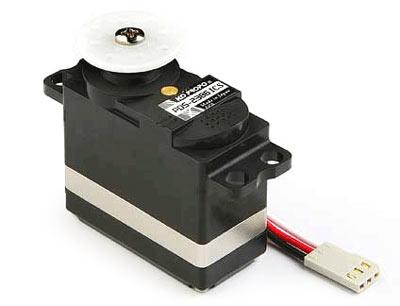1) A drive mechanism to deliver power from the motor to the wheels.*
2) A frame to mount all the other components on.
*see update for details
Now, since there is so little time left, I am going to assign everyone on the team to do their best to get what we need. If you are going by a hardware store, or hobbyco, please drop in and see what they have. Everyone needs to search the internet for "drive chain supplier" or "drive chain catalog" etc, and see if they can find anything suitable. Anything that might be useful needs to be posted here, or call me if you have any questions.
Drive Mechanism
After a lot of discussion, I think that a chain drive is superior to a V-belt or gears. They are easier to adjust and more compatible with our design, but if you have reason to think otherwise then let me know. We need two sprockets and a compatible chain:
- The diameter of the motor shaft is 13mm. Therefore, one sprocket needs to have a 13mm inner arbor.
- The diameter of the rear axle is 15mm. Therefore, the other sprocket needs to have a 15mm inner arbor.
- Having said that, BUY SPROCKETS WITH A SMALLER ARBOR! We can always drill it out if it is too small - too large and we have to mess around with bushings and crap. Get 10mm or even smaller if you can.
- There is no need for anything other than a 1:1 power ratio, but if you must get sprockets with different numbers of teeth, get more teeth on the axle sprocket.
- Our robot has about a bit more than 50mm clearance from the axle to the ground. Therefore, do not buy a sprocket with an outer diameter larger than 100mm.
- The chain needs to be at least 200 + 200 + 2*pi*100 = 1028mm. Longer is better. Make sure that the chain is easily adjustable.
Chassis/Frame
We need a chassis that is at least 300mm x 400mm. At this stage, if we have to make it out of wood - so be it, but we need to have something to mount all our parts on! Once again, I'm throwing this task out to everyone - think about what you have in terms of tools and materials... THEN MAKE IT!
Electronics
I am currently working on the remote controller (which I finally picked up), the speed controller, the steering and the power system (AA batteries FTW!). The only thing we don't have is a fuse box, but I'm willing to put that into the non-essentail pile.
Thanks to everyone who has helped with this robot. We are almost at the end!
-----UPDATE-----
I spent friday walking around the city, looking for sutiable stuff. I tried hobbyco, but they don't have anything strong enough for our purposes. I went to a few bike repair stores, and eventually came away with two sprockets and a matching chain.
The catch is that the sprockets will need some work to fit around our axles. I need somebody to help me out by building two bushings out of wood or something, so that we can fit them on the motor and axle.
The sprockets look something like this (I'll take a photo of the actual ones when I have my camera):

The rings that I bought have the dimensions: A = 35mm, B = 57mm.
What I need from one of you is to build something that allows us to connect this to the shaft. Something like this:












